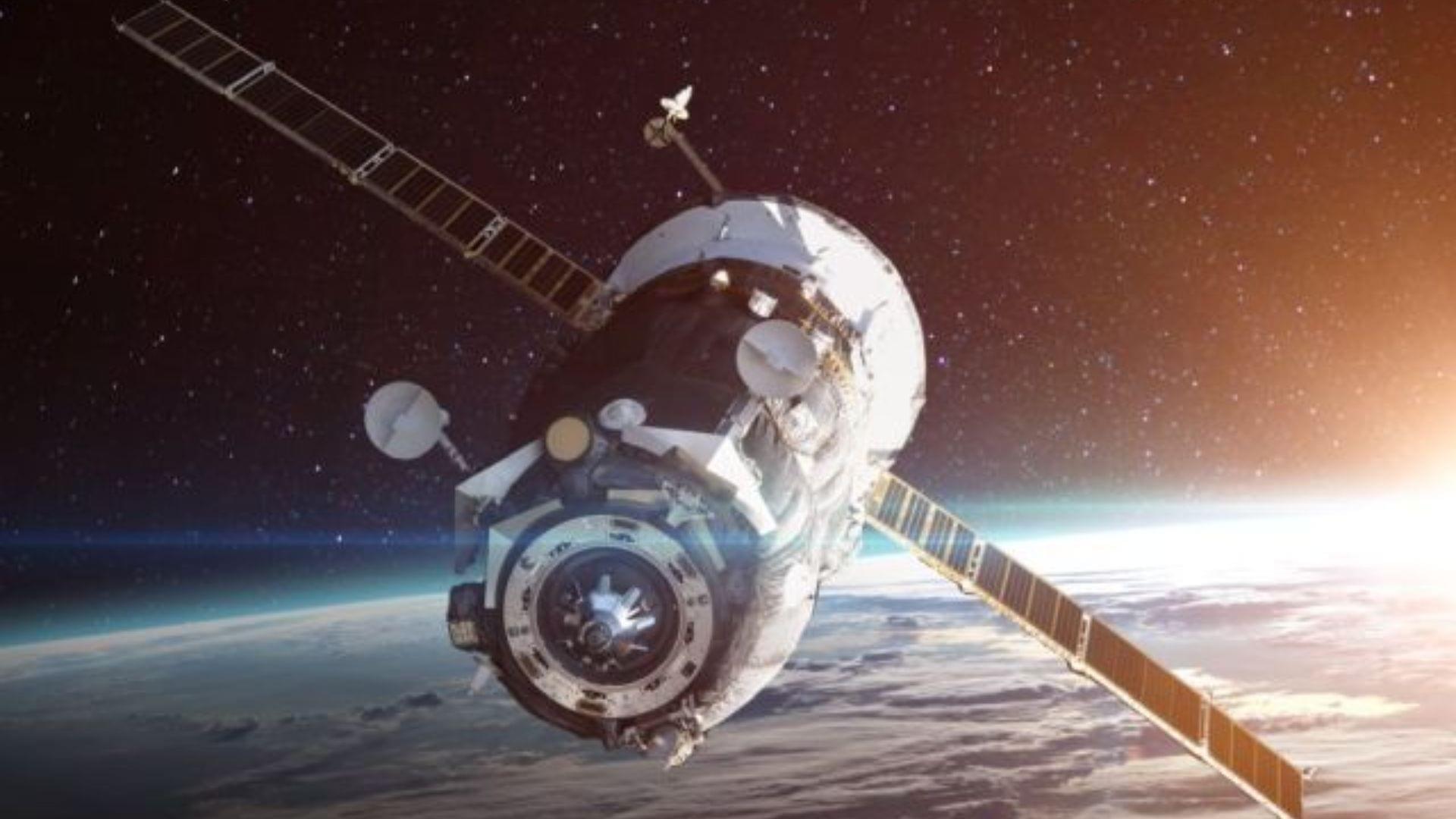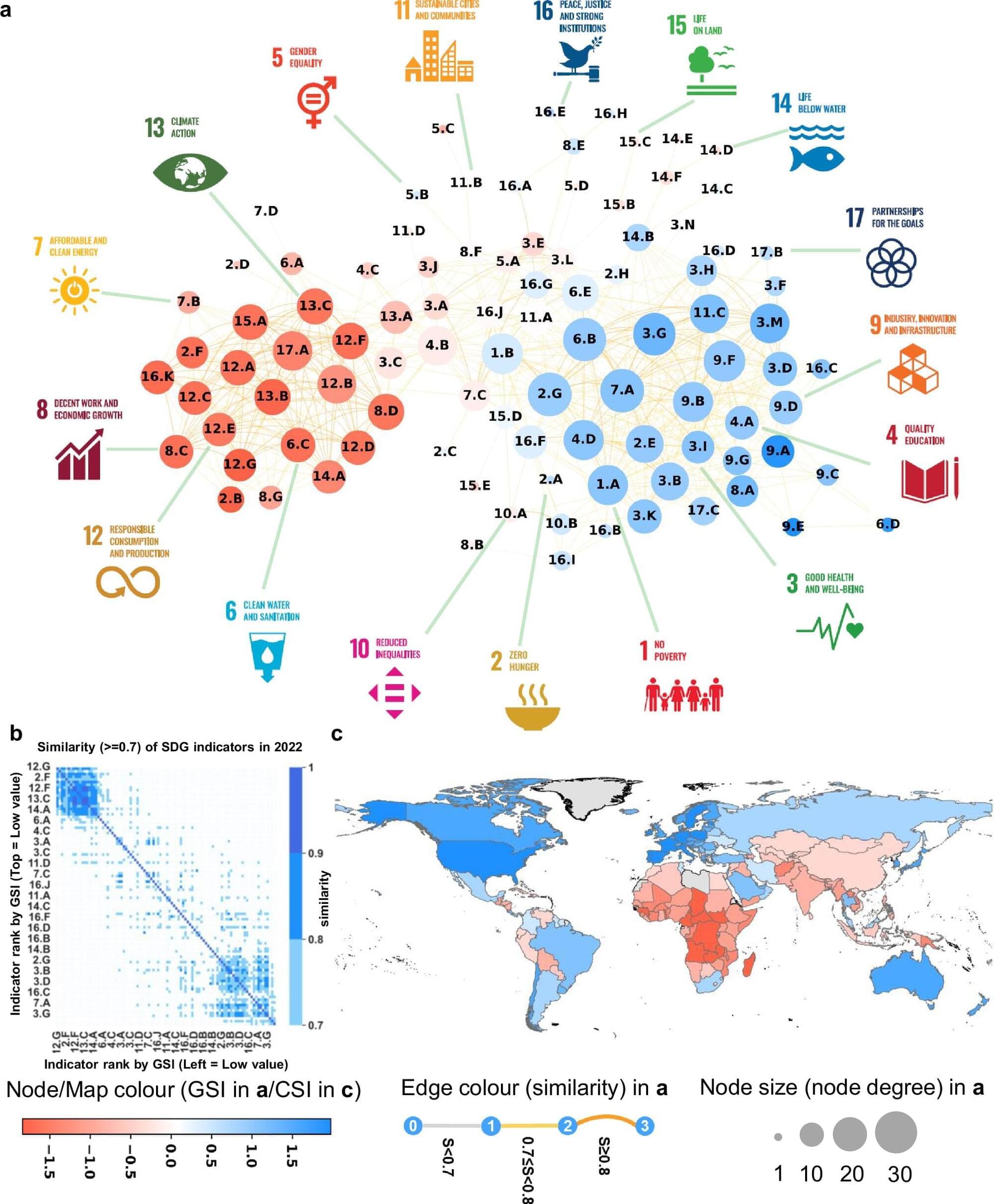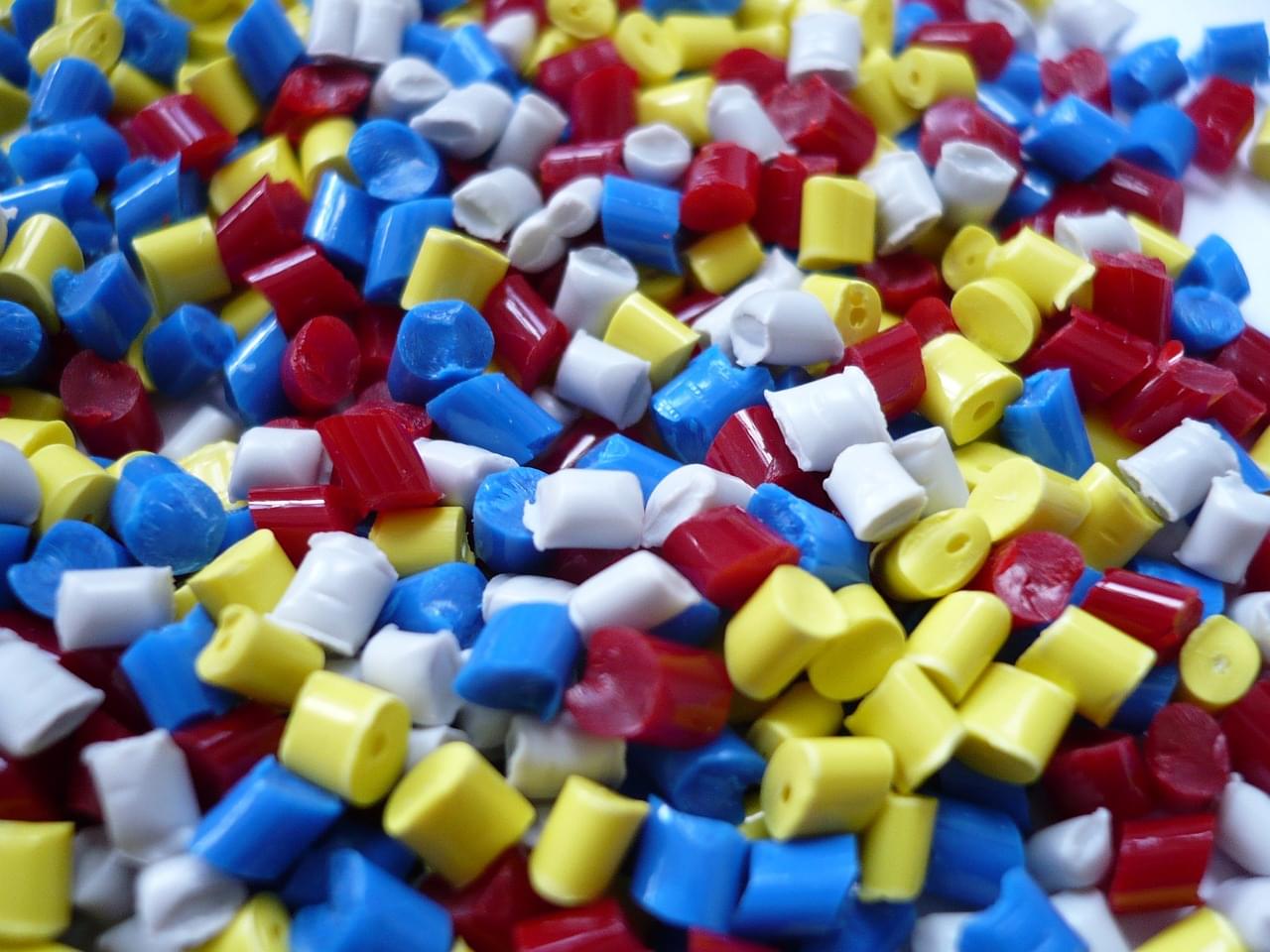Altilium has filed a patent application for its proprietary EcoCathode™ recycling process, underlining its technical leadership in the UK and its commitment to establishing a national champion for EV battery recycling.
The patent provides a process, apparatus and system for recovering battery metals (such as cobalt, manganese, nickel and lithium) and graphite, and the production of battery precursors and battery-ready cathode active materials (CAM), from black mass (comprising a mixed feed of critical compounds or elements).
Through microstructure reengineering, Altilium’s EcoCathode™ process represents a significant stride in clean technology and sustainable EV battery recycling in the UK. Recovering over 95% of crucial metals from old EV batteries, the technology will contribute to a sustainable domestic supply of battery raw materials, reducing carbon emissions by over 50% and reducing the cost of CAM by more than 20% compared to conventional virgin mining practices.







